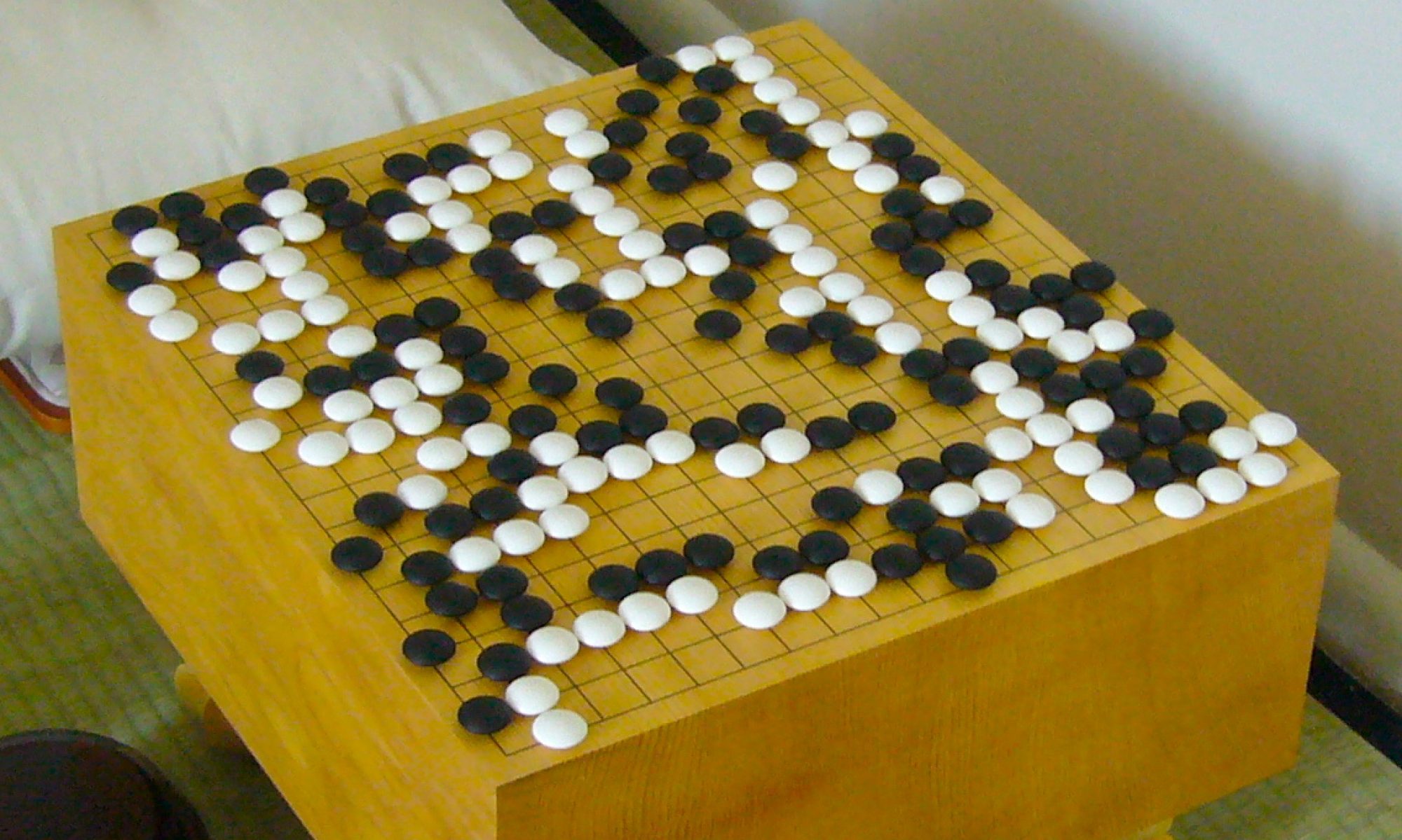Now that we have fully settled on our transition to Go, and how it will be implemented, I have been able to fully focus on my part of the project. Due to our team presenting our design on Monday, and my conclusion of research last week with AlphaZero and MuZero I had the rest of the week to focus solely on implementation.
Almost all of my time this week was spent on the Go simulation framework, as well if beginning to figure out how to set up the reinforcement learning architecture. With regards to the former, I worked together with Hang to make sure we have a clear plan on how to pass board information from Arduino to my backend engine. From there, I was able to implement a backend representation of the board, and implemented function to allow an outside controller (in this case the engine) to make a move for simulation purposes, as well a functions to update position based on the information conveyed by the physical board. This is effectively all I need (along with basic rule checking like making sure the game is or isn’t over which I have also implemented) to move on to the reinforcement learning architecture. The real challenge here is the custom loss functions defined in our design proposal (expected result optimization and policy vector normalization). I have never worked with custom loss functions in python before, so I’ve done a huge amount of research into different ways to accomplish this. I decided to settle on PyTorch, as this is not only the current industry consensus for best deep learning framework, but also extremely well supported in Python. I started, but have not completed, actually scripting these loss functions, I am taking my time to make sure they are not only correct, but also optimally efficient, as in conjunction with the MCTS simulation, training times could balloon rapidly with inefficient implementation for either of these.
In the next week, I plan to finish these custom loss functions, then work on getting the in-training MCTS simulations to work. With the simulation framework already built, this shouldn’t require too much time.
